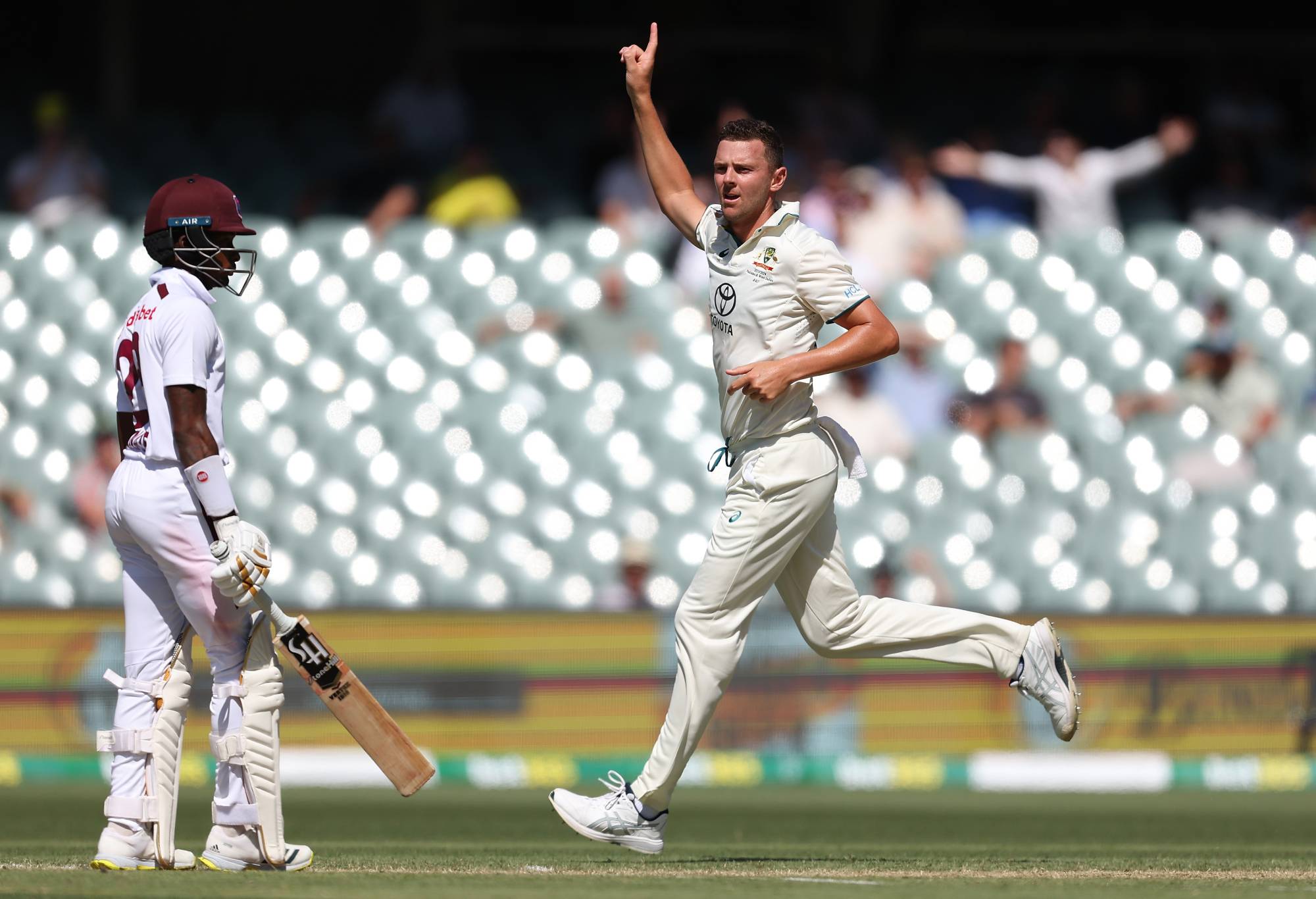'Big achievement': Jason Gillespie secures major appointment as Pakistan Test coach
Australian fast bowling great Jason Gillespie has been named head coach of Pakistan's Test team, as the nation overhauls its coaching department ahead of…
As the end of another summer of cricket nears, the narrative surrounding the state of the Test match format has never been more alarming.
While the five-day game has long been regarded as the pinnacle of the sport, its status is clearly under threat, shown by the South African squad to face New Zealand for a two-Test assignment in February.
Black Caps’ openers Devon Conway and Tom Latham would have planned to face Kagiso Rabada and Marco Jansen steaming in with the new rock, but those Proteas stars will be replaced by a team of domestic trundlers after the Cricket South Africa ordered their international stars to miss the Tests for the SA20, the profitable South African domestic T20 competition.
The financial reality of organising Test cricket for nations outside of the ‘big three’ has already been evident, with two-Test series becoming the norm for countries that aren’t India, England or Australia.

Josh Hazlewood celebrating a wicket against the West Indies. (Photo by Paul Kane/Getty Images)
The South African situation laid the reality bare for all to see, prompting outrage from the cricket community to address the revenue sharing model from the ICC to ensure Test cricket can remain healthy.
With talks of a second window of IPL and the likes of Quinton de Kock, Trent Boult and Jason Holder opting out of national contracts to chase the financial lure of franchise cricket, situations like the South African one will surely continue to arise.
And with the next generation of young cricketers seeing where the game is heading, there’s no doubt this is having an impact on batting techniques and temperaments in modern Test cricket. As such, the art of ‘digging in’ and grinding down a bowling attack with rock solid defence, patience and sound shot selection is becoming harder to find in modern long-form batters.
Of the last seven Test matches played around the world, none reached the final day. This included South Africa v India in Cape Town, which saw 23 wickets fall on Day 1 and finish as the shortest Test in the history. We’ve also had the recently concluded match at Adelaide Oval, with Australia’s win over the West Indies the quickest completed Test at the famous venue.
The classic front foot defence, played with a good stride forward and a high elbow, is not on the top of the agenda for young batsmen who know they’re more likely to pick up a franchise contract if they can perfect their power hitting or ramping touch.

Quinton de Kock. (Photo by Steve Bell – ICC/ICC via Getty Images)
This means when batters are playing on juiced up wickets in the longest form, they are often ill-equipped to deal with difficult batting conditions and unable to absorb a period of pressure from the bowlers.
Of the current crop of batters on the international circuit, Cheteshwar Pujuara and Kraigg Brathwaite are two that come to mind as having the mental aptitude to carve out long innings in tough conditions despite their limitations as stroke makers.
Pujara showed himself as a hard man to dislodge in Australian conditions, dominating the 2018-19 series before producing a couple of gritty digs in Sydney and Brisbane in the 2020-21 series, with his bruising knock of 56 off 211 balls at the Gabba one of the bravest innings in recent memory.
Brathwaite is a curious case study. While not the same calibre as Pujara, the West Indian skipper has carved out a solid career at the top of the order through strong defence and application. Despite his limited array of strokes, Brathwaite has compiled 12 Test centuries and has averaged over 85 balls per dismissal since his debut in 2011.
For context, David Warner averaged 63 balls per dismissal, Justin Langer averaged 83 and Matthew Hayden 84, underlining Brathwaite’s stickability as a batter compared to some greats of the game.

Kraigg Brathwaite of the West Indies celebrates a century. (Photo by James Worsfold/Getty Images)
But with the way cricket is heading, players like Brathwaite and Pujara are likely the last of a dying breed of defensively minded red ball specialists. There will surely never be another international player who can match Brathwaite’s feat of having never played a T20 game at professional level.
The idiosyncratic nature of cricket means that lovers of the game can take joy in different things. Whether it’s a batman leaning into a peachy cover drive, or a bowler swinging a ball past the outside edge, there are certain features of the game which onlookers can enjoy.
And while it may not be as sexy or exciting as seeing a batter smash a 50-ball ton, watching someone apply themselves in tough conditions against a good attack and produce a gritty, disciplined innings is one aspect of the game I enjoy seeing.
With T20 dominating the calendar and the number of Test matches declining, particularly outside the big three, it will not be financially or logistically viable for players to be Test specialists.
And with less and less players committed to the red ball game, it means the art of digging could be a thing of the past as the shadow of franchise cricket looms larger than ever.